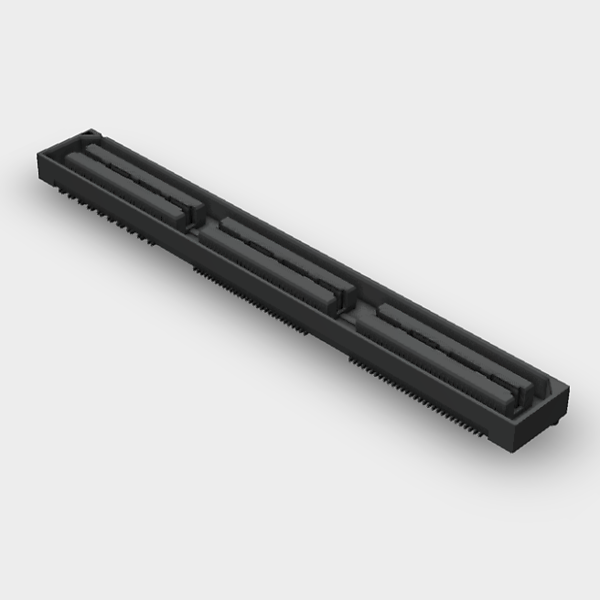We use cookies to help improve your experience on our site. By continuing, we'll assume you are happy to receive all cookies from our website. Visit our Cookie Policy page for more information on the cookies we use and how to manage or remove them.

| Part No. | Stock Qty | Price Breaks | Qty | ||||
|---|---|---|---|---|---|---|---|
|
ASP-122952-01
3D CAD
Three Bank Male |
Standard delivery 3 - 5 working days * |
1+: £9.77 | 10+: £9.50 | 25+: £9.00 | View all prices |
When ordering more than in stock, please contact us to confirm delivery time.
There was a problem adding this item to the cart. Please contact us on the above number to order.
|
|
| Qty. | Unit Price | Ext. Price |
|---|
* Delivery times are from point of order and subject to material availability.
* When ordering more than in stock, please contact us to confirm delivery time.
* Need help or more stock/delivery information or volume pricing - Please contact us
* Delivery times are from point of order and subject to material availability.
* When ordering more than in stock, please contact us to confirm delivery time
* Need help or more stock/delivery information or volume pricing - Please contact us
DIMENSIONS IN INCHES
Ground Plane and Terminal Plating:
Contact Area: .000003 MIN GOLD Over .000050~.000100 NICKEL
Remainder: .000150~.000250 TIN OVER .000050~.000100 NICKEL
Intel® HSMC – Q Strip® (QSH/QTH)
The HSMC connectors defined by the specification are based on the 0.50 mm pitch Q Strip® QSH/QTH Products high-speed board-to-board connectors from Samtec. These connectors are partitioned into three “banks.” Bank 1 in each respective connector has every third signal pin removed to allow for multi-gigahertz differential signalling. Bank 2 and Bank 3 in each respective connector have the entire rows of signal pins filled for various single-ended interface signals.
Intel® HSMC defines electrical and mechanical properties of a high speed mezzanine card interface. This specification standardizes the way in which mezzanine cards communicate and connect to host boards. By taking advantage of the high-performance I/O features found in today’s FPGA devices, manufacturers can build a single mezzanine card that will then interface to multiple host boards. Similarly, they can build a host board that can leverage many different, pre-built, mezzanine cards.
Toby Electronics
Beaumont Road
Banbury
Oxon
0X16 1TU
T: +44 (0)1295 271777
F: +44 (0)1295 271744
E: sales@toby.co.uk
Toby Electronics © Copyright 2024. All rights reserved.
Designed and Developed by Imaginet